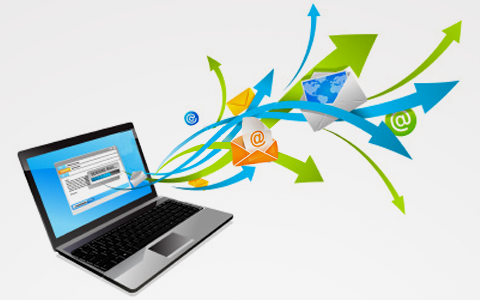Navigating Pricing Strategies with Precision
Introduction
Understanding market demand and elasticity is a cornerstone of effective pricing strategies. These concepts are not only vital for businesses seeking to optimize profits but also provide insights into consumer behavior and how pricing decisions impact overall revenue. In this article, we will delve into the concepts of market demand and elasticity, their significance, and how they influence pricing strategies.

Market Demand: The Foundation of Pricing
Market demand refers to the quantity of a product or service that consumers are willing and able to purchase at various price levels within a given period. The law of demand states that as the price of a product decreases, the quantity demanded increases, and vice versa. Understanding market demand is essential for businesses as it informs decisions about pricing, production, and product offerings.
Key Factors Influencing Market Demand:
- Price: As mentioned, price and demand are inversely related. Consumers are more likely to

